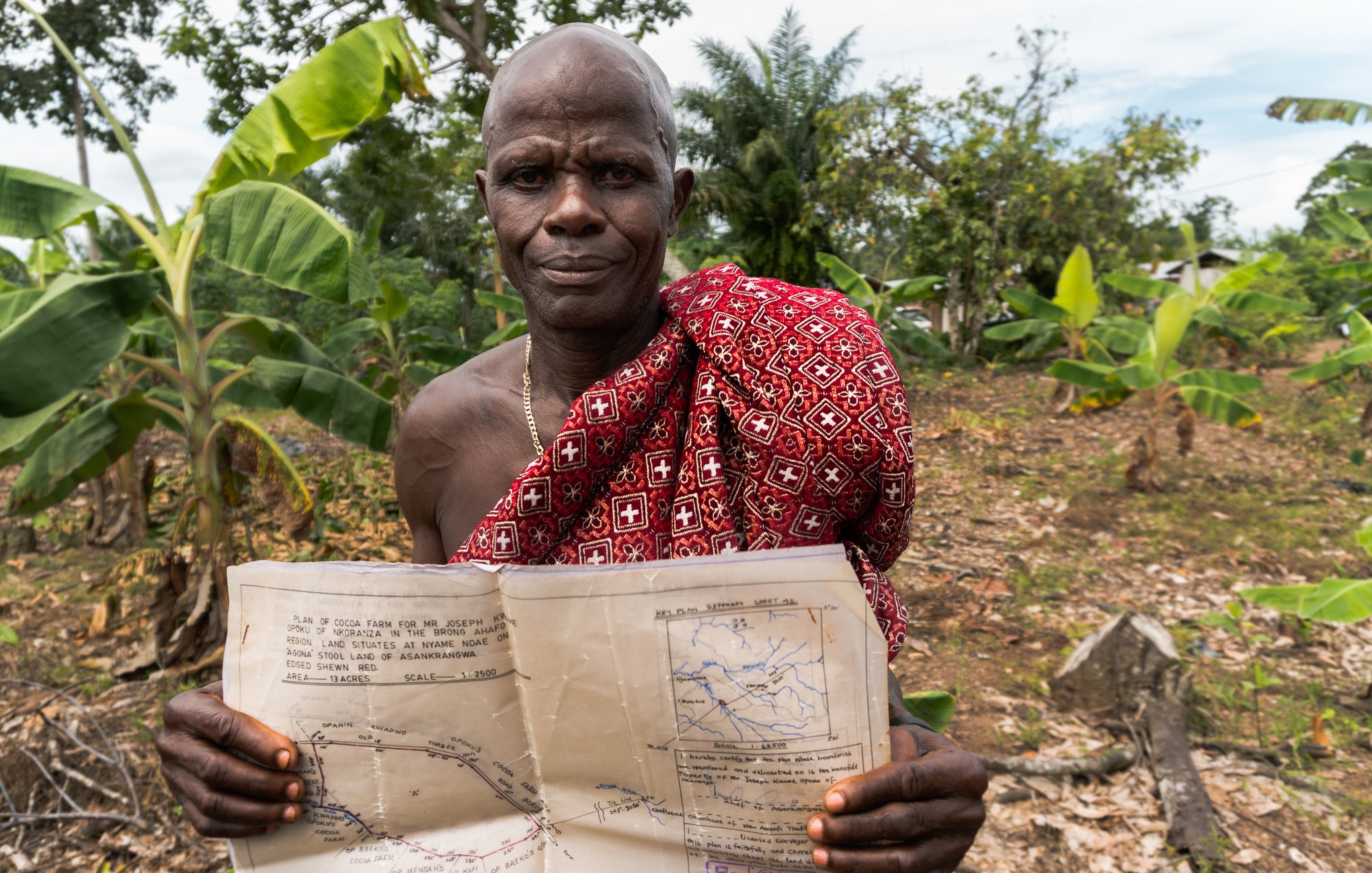This document describes the proposed design, research methodology, work plan, team composition, and estimated budget for a mixed-methods performance evaluation of the United States Agency for International Development’s (USAID) “Supporting Deforestation Free Cocoa in Ghana” project Bridge Phase. USAID’s Office of Land and Urban in the Bureau for Economic Growth, Education, and Environment (USAID/E3/LU) commissioned the Communications, Evidence and Learning (CEL) Project to conduct this evaluation.
 To meet the learning interests of USAID and IPs for the Bridge Phase activities — and given the complexity of the three Bridge Phase interventions, which vary in scope, geography, selection criteria for beneficiaries, and anticipated timeline for maturation of key outcomes — this mixed-methods evaluation will use different analytic approaches to assess the effects of each of the three Bridge Phase interventions. The three interventions are focused on: (1) cocoa farm rehabilitation; (2) tenure documentation; and (3) village-level land use planning. At USAID’s request, the evaluation is designed to aim for as rigorous a quasi-experimental design as possible, within available budget, recognizing that the small scale of implementation for the Bridge Phase activities is a limitation on evaluation rigor and power. An RCT design was not considered feasible for this Bridge Phase, given the short time frame to finalize implementation design and work with collaborating private-sector partner implementation needs.
To meet the learning interests of USAID and IPs for the Bridge Phase activities — and given the complexity of the three Bridge Phase interventions, which vary in scope, geography, selection criteria for beneficiaries, and anticipated timeline for maturation of key outcomes — this mixed-methods evaluation will use different analytic approaches to assess the effects of each of the three Bridge Phase interventions. The three interventions are focused on: (1) cocoa farm rehabilitation; (2) tenure documentation; and (3) village-level land use planning. At USAID’s request, the evaluation is designed to aim for as rigorous a quasi-experimental design as possible, within available budget, recognizing that the small scale of implementation for the Bridge Phase activities is a limitation on evaluation rigor and power. An RCT design was not considered feasible for this Bridge Phase, given the short time frame to finalize implementation design and work with collaborating private-sector partner implementation needs.
To increase the learning potential from the evaluation, the evaluation will use quasi-experimental approaches for the two farmer-level interventions: the farm rehabilitation service and the tenure documentation service. Effects of the farm rehabilitation intervention will be assessed using a regression discontinuity approach. Effects of the tenure documentation intervention will be assessed using a difference-in-difference with statistical matching approach. A pre-post qualitative approach will be used to assess outcomes for the land use planning component, which is not amenable to a quasi-experimental design due to the small number of implementation villages.
The evaluation will collect qualitative and quantitative data at baseline and endline from farmers in the four Bridge Phase villages and in eight comparison group villages. The comparison group villages are communities in the same district, and where the farm rehabilitation service has also been offered, but the tenure documentation and village-level land use planning interventions will not be implemented.

